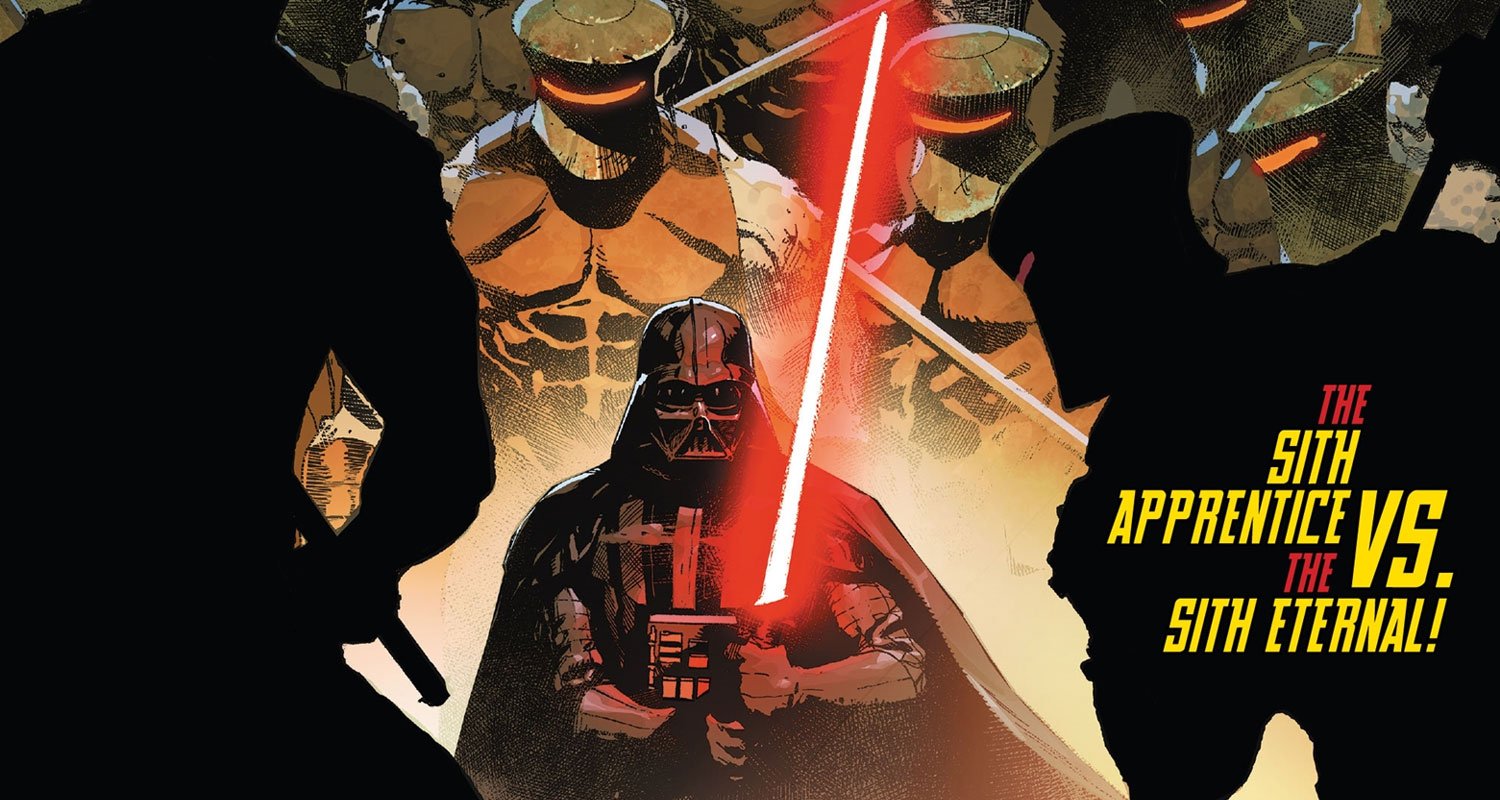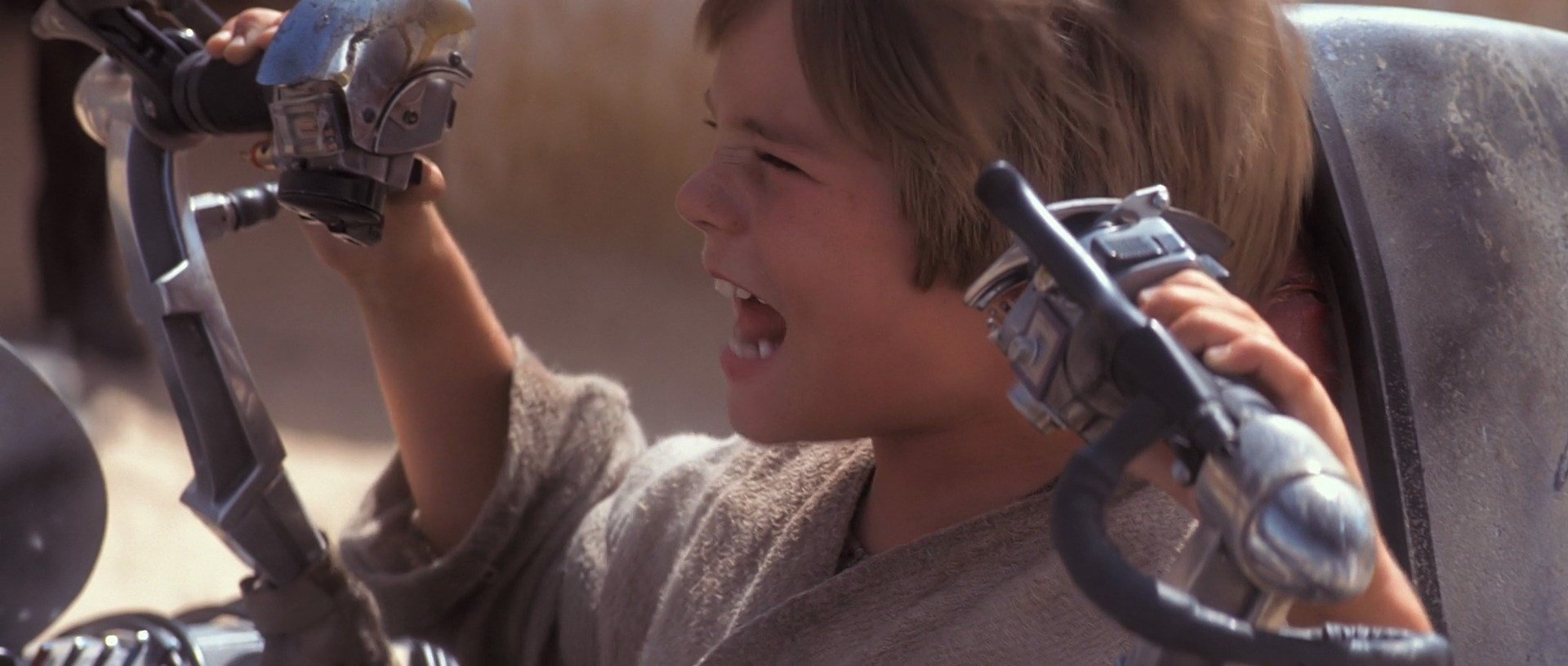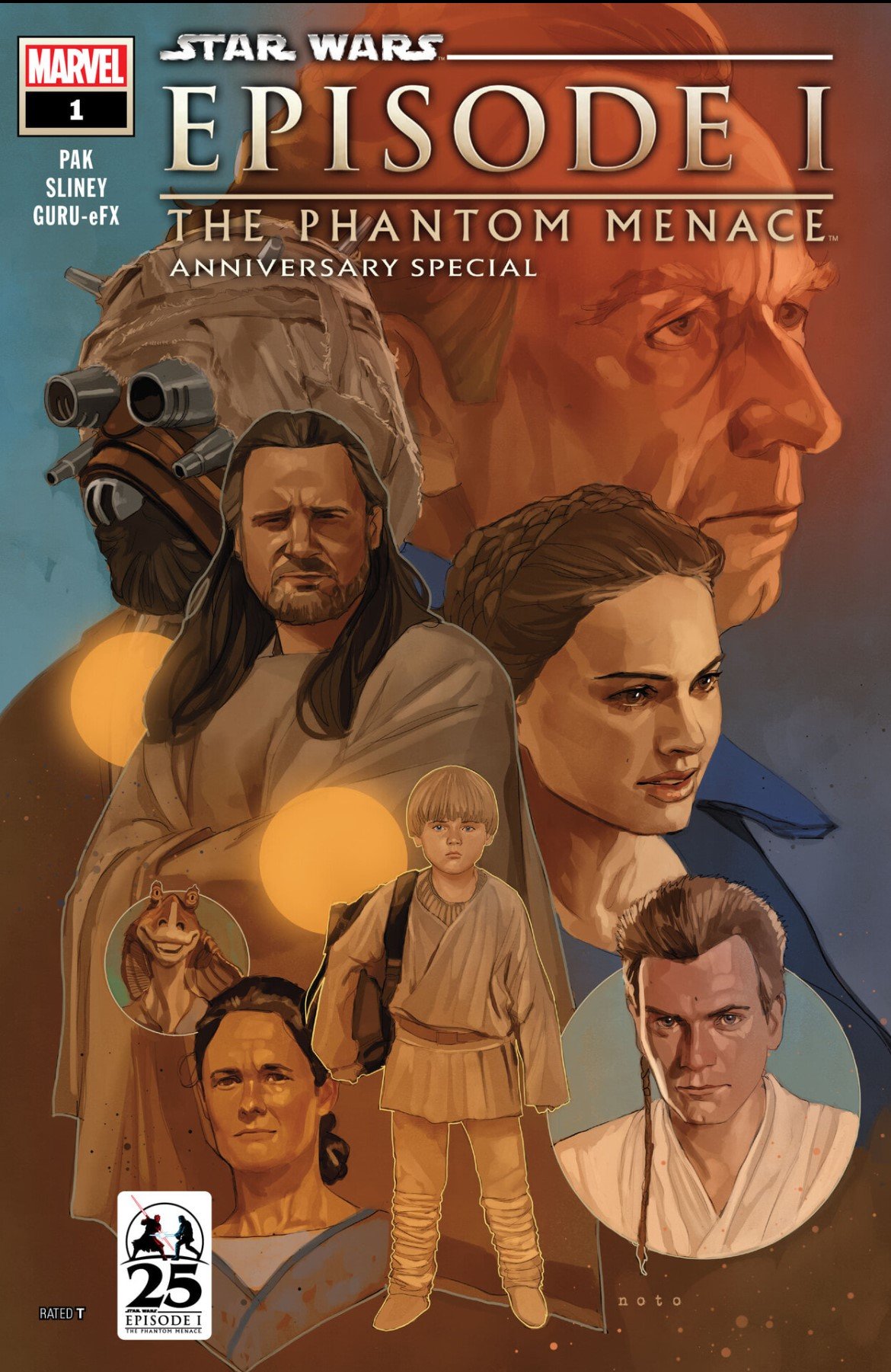Filling in the Gaps: The Maltese Falcon
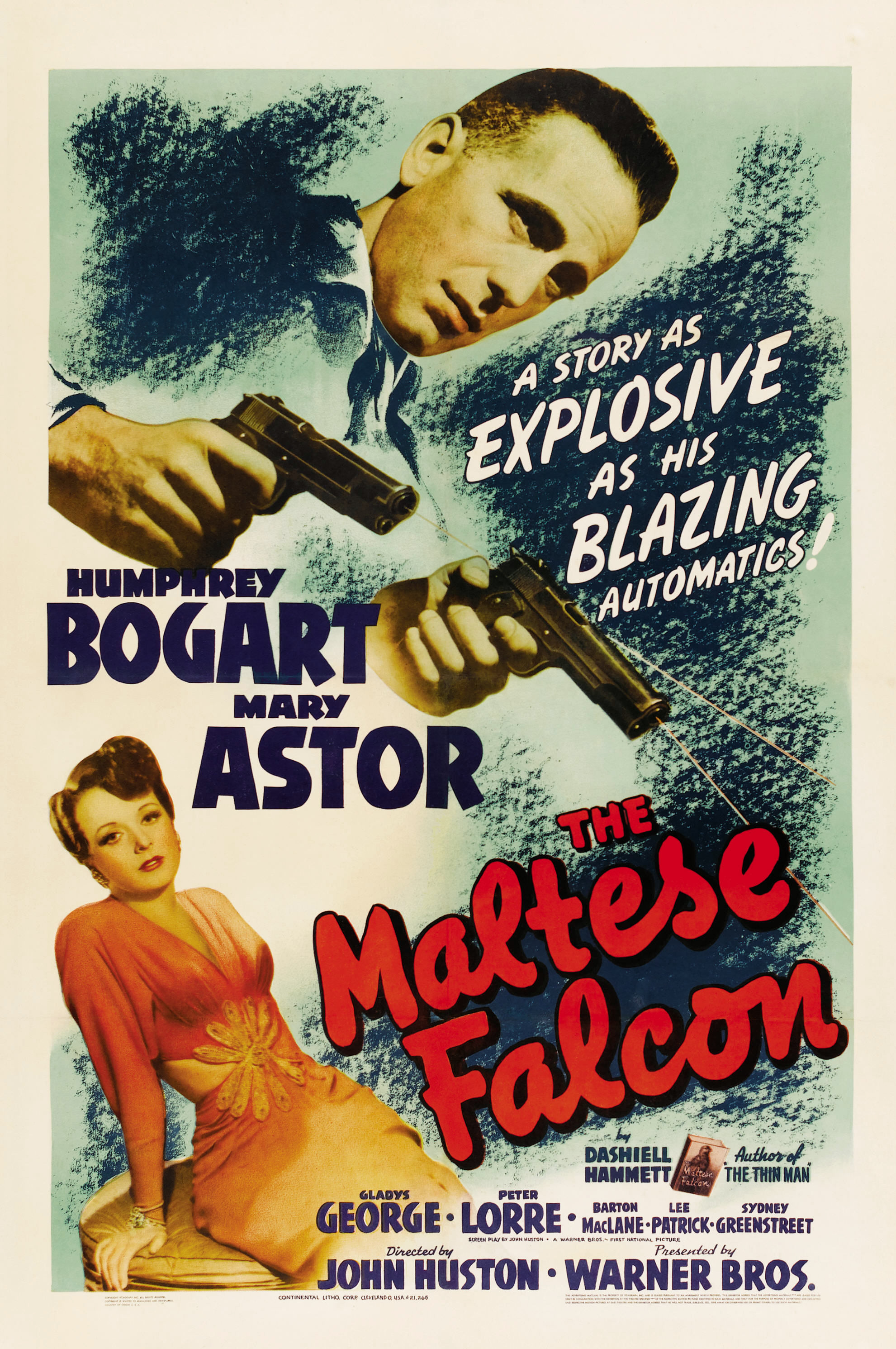
Every cinephile has gaps in their resumes. Films they feel they should have seen but have not. The classic movies that inspire many of today’s films and pop culture references are often known only by reputation or by famous snippets. In this feature I will attempt to fill in my own gaps, while keeping in mind the modern viewer and how the films might interest them.
I’ve always been a huge fan of the Humphrey Bogart/John Huston team up adventure films Treasure of the Sierra Madre and The African Queen. So, from the beginning of this recurring piece I’ve been eyeing The Maltese Falcon as a huge gap in my film resume. Even though its one of the more famous movies of the classic film era, I’ve just never gotten around to seeing it. At the same time, my expectations were set pretty high. Treasure of the Sierra Madre has been a mainstay in my life as a security blanket of a movie. Its one of the film’s I’ve probably seen the most times, often throwing it on as a rainy day movie or background noise. I’ve seen it so many times, the patterns of speech and tone of the film are ingrained in my mind.
So, coming into The Maltese Falcon which has such different pacing and tone was at first a bit disorienting. In many ways it more closely resembles the Hawks/Bogart collaboration, the Big Sleep while not quite matching that film’s multilayered dialogue and dark humor. None of this is to say The Maltese Falcon was a disappointment. It was anything but. I was just stunned how different John Huston’s first directorial effort differed from his later material. The Maltese Falcon feels, as it should be, like the prototypical film noir. Everything about it embodies the genre (most likely because so many subsequent films used it as inspiration).
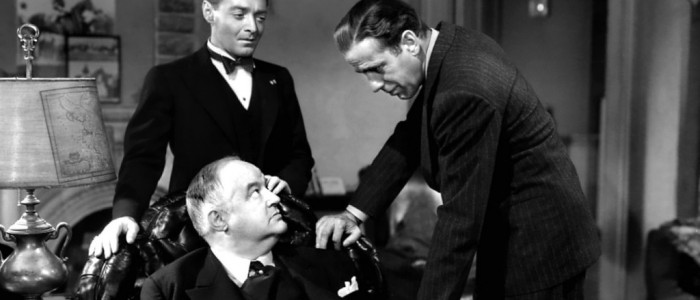
The Maltese Falcon is your typical hard boiled detective story. Based on Dashiell Hammet’s 1930 book, it is the story of Private Detective Sam Spade (Bogart) who takes on the case of a femme fatale (Mary Astor) who ends up getting his partner murdered. From there Spade gets wrapped up in the search for the titular falcon, a rare antique statue of great monetary value, that has all sorts of nefarious people after it (and willing to kill for it). As is typical for the genre, double and triple crosses ensue as everyone acts on their own motives to meet their own ends.
The appeal of The Maltese Falcon, like many of these early detective stories, isn’t really in the mystery though. Its in the characters and performances. Bogart was already a movie star when the film was released, but this is still one of his earliest iconic roles. And as Sam Spade, Bogart brings his talents to bear, playing the hero of the story as cold and calculating in an entirely relatable and not at all off-putting way. Spade hardly bats an eye when his partner dies, and his cold dismissal of his partner’s widow is simultaneously brutal and hilarious. It all makes for an extremely interesting sort of lead that strays as close as you’ll likely get to an anti-hero in early Hollywood studio fare.
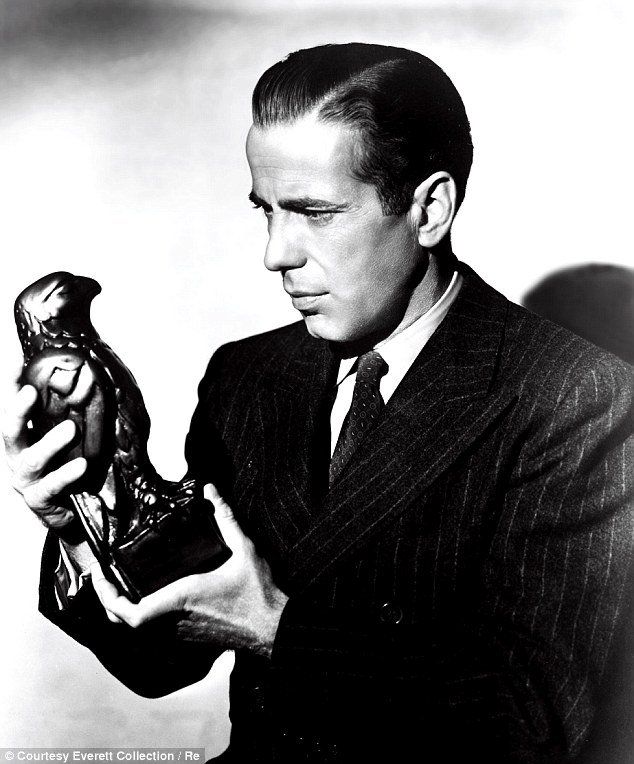
Also in key roles are two of the great character actors of early Hollywood in Peter Lorre and Sydney Greenstreet, playing two of the nefarious underworld characters who are after the falcon. Any scene with Bogart and Lorre or Bogart and Greenstreet are nearly impossible to take your eyes off of. They are multilayered and hilarious. And when the three of them end up in a lengthy scene together towards the end of the film, the movie really hits its iconic status. Its worth mentioning that at the age of 62, this was Greenstreet’s first Hollywood role. A theater actor prior to this film, Greenstreet went on for a short time to become one of the best character actors in Hollywood until his retirement, and he shows no lack of experience in his first film role.
Mary Astor does an admirable job as femme fatale Brigid O’Shaughnessy, but sometimes feels cast against type in the role of a manipulative seductress. One can easily imagine a version of this movie made a few years later where the role would have been played by Lauren Bacall to far greater effect, but there is no lost quality here with Astor. But when the climactic scene between Bogart, Lorre, Greenstreet, and Astor happens, it is the first three who steal the movie.
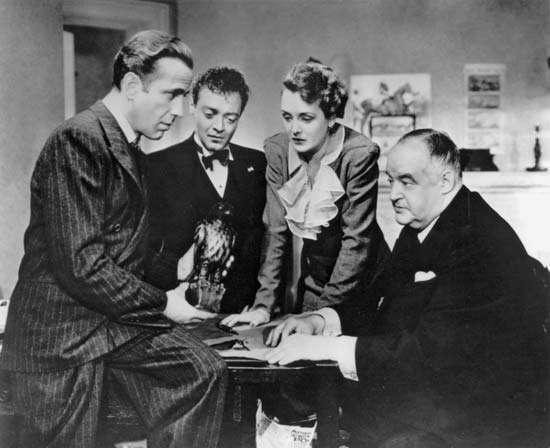
All in all, the Maltese Flacon shines as one of the earliest shining examples of the Noir Genre, Bogart’s Star Power, and the inception of one of the greatest directing careers. But it also stands on its own as a fun mystery with some great performances. It may not be the greatest work of any of those involved (although I’d hear arguments that this might be Peter Lorre’s best role), but when you are dealing with such talent in all aspects of the production, that is no criticism.
The Maltese Flacon
Directed by: John Huston
Starring: Humphrey Bogart, Mary Astor, Peter Lorre and Sydney Greenstreet
Recommended for: Noir fans, Bogart/Huston lovers
Tim Levers is a contributor at MNN, a devout worshiper of cinema, and a life-long movie geek. Sci-Fi/Fantasy, Action, Drama, Classics, Horror. Love them all. All genres have the ability to produce a great film.


